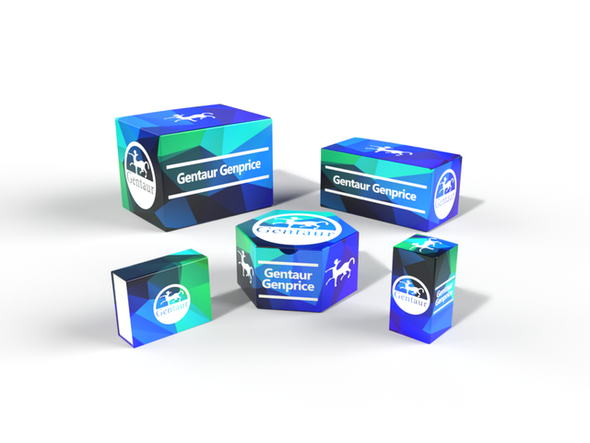Description
Zink assay kit (5-Br-PAPS)
[ Product Description ]
Zinc is an essential mineral cofactor of more than 200 enzymes which involved in nucleic acid, and protein synthesis. In mammals, acute zinc deficiency during the growth period is reported to cause failure in skin and hair, and growth retardation. This kit is a simple colorimetric assay which can detect zinc precisely in biological fluids in a short period of time (about 10 minutes).
[ Assay principle ]
Protein-bonded zinc is dissociated by denaturing agent. Free and protein-bonded zinc are mixed with 5-Br-PAPS to form chelate complex. Zinc-5-Br-PAPS complex can be detected by measuring absorbance at 560 nm.
[ Performance ]
| 1. Sensitivity: 2. Accuracy: 3. Intra assay variation: 4. Assay range: | O.D. at 200 µg/dL standard will be 0.1 - 0.3 ±15% of known concentration C.V. is less than 5% 4 - 1,000 µg/dL |
| This assay will not be affected by following substances. 1. Hemoglobin: up to 0.5 g/dL 2. Bilirubin: up to 15 mg/dL 3. Triglyceride: up to 1000 mg/dL This assay will be interfered by EDTA. | |
| [ Specifications ] | ||||||||||||||||
|
| [ Contents of this kit ] | ||||||
|
| [ References: Assay examples ] | ||||||||||||||||
|
Additional Information
Size: |
100 Tests |
Type of Marker: |
Trace elements assay |
Marker: |
Ca |
Storage: |
2 - 8°C (don't freeze). |
Colorimetric: |
680-700 nm |
Assay range: |
0.05-20 mg/dL |
Usage: |
Urine, Serum, Tissue |
Remark: |
Applicable to serum, plasma, urine, saliva, extracts from tissues, plants, hair and bone samples. Avoid EDTA containing samples. |






